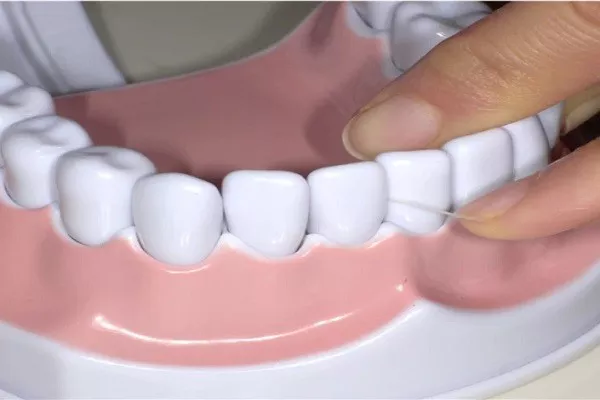Deep gum pockets can be a sign of gum disease, also known as periodontitis. This condition occurs when bacteria accumulate on the teeth and gums, causing inflammation and infection. If left untreated, periodontitis can lead to tooth loss and other serious complications. In this article, we will discuss the causes, symptoms, and treatment options for deep gum pockets. We will also provide tips for preventing gum disease and maintaining healthy gums.
What are Deep Gum Pockets?
Gum pockets are the spaces between the teeth and gums. They are a natural part of the oral anatomy and usually measure between one and three millimeters in depth. However, when these spaces become deeper than three millimeters, they are called deep gum pockets.
Causes of Deep Gum Pockets
There are several factors that can contribute to the development of deep gum pockets. These include:
- Poor oral hygiene
When plaque and tartar build up on the teeth and gums, they create an ideal environment for bacteria to thrive. Over time, this can cause inflammation and damage to the gums, leading to the formation of deep gum pockets.
- Genetics
Some people may be more susceptible to gum disease due to genetic factors. If you have a family history of gum disease, you may be at a higher risk for developing deep gum pockets.
- Smoking
Tobacco use is a major risk factor for gum disease. Smoking can weaken the immune system and reduce blood flow to the gums, making it harder for them to fight off infections.
- Health conditions
Certain health conditions, such as diabetes and HIV/AIDS, can increase the risk of gum disease and deep gum pockets.
Symptoms of Deep Gum Pockets
If you have deep gum pockets, you may experience the following symptoms:
- Bleeding gums: When the gums are inflamed, they may bleed easily when you brush or floss your teeth.
- Bad breath: Bacteria in the mouth can produce a foul odor, leading to persistent bad breath.
- Receding gums: As the gum pockets deepen, the gum tissue may start to pull away from the teeth, causing them to appear longer.
- Tooth sensitivity: When the roots of the teeth become exposed due to gum recession, they may become sensitive to hot and cold temperatures.
Treatment Options for Deep Gum Pockets
If you have deep gum pockets, it is important to seek treatment as soon as possible to prevent further damage to your gums and teeth. Here are some treatment options that may be recommended by your dentist:
- Scaling and root planing
This is a non-surgical procedure that involves removing plaque and tartar from the teeth and smoothing out the roots to promote gum reattachment.
- Antibiotics
In some cases, antibiotics may be prescribed to help fight off bacterial infections in the gums.
- Surgery
If the gum pockets are too deep to be treated with scaling and root planing, surgery may be necessary to remove the diseased tissue and promote gum reattachment.
Preventing Deep Gum Pockets
The best way to prevent deep gum pockets is to maintain good oral hygiene habits. Here are some tips to help keep your gums healthy:
- Brush your teeth twice a day with a fluoride toothpaste.
- Floss daily to remove plaque and food particles from between your teeth.
- Use an antiseptic mouthwash to kill bacteria in your mouth.
- Quit smoking or using other tobacco products.
- Eat a balanced diet rich in fruits, vegetables, and whole grains.
- Visit your dentist regularly for check-ups and cleanings.
Deep gum pockets can be a sign of gum disease, a serious condition that can lead to tooth loss and other complications. By understanding the causes, symptoms, and treatment options for deep gum pockets, you can take steps to protect your oral health and prevent further damage to your gums and teeth. Remember to practice good oral hygiene habits and visit your dentist regularly for check-ups and cleanings.
Related Topics:































